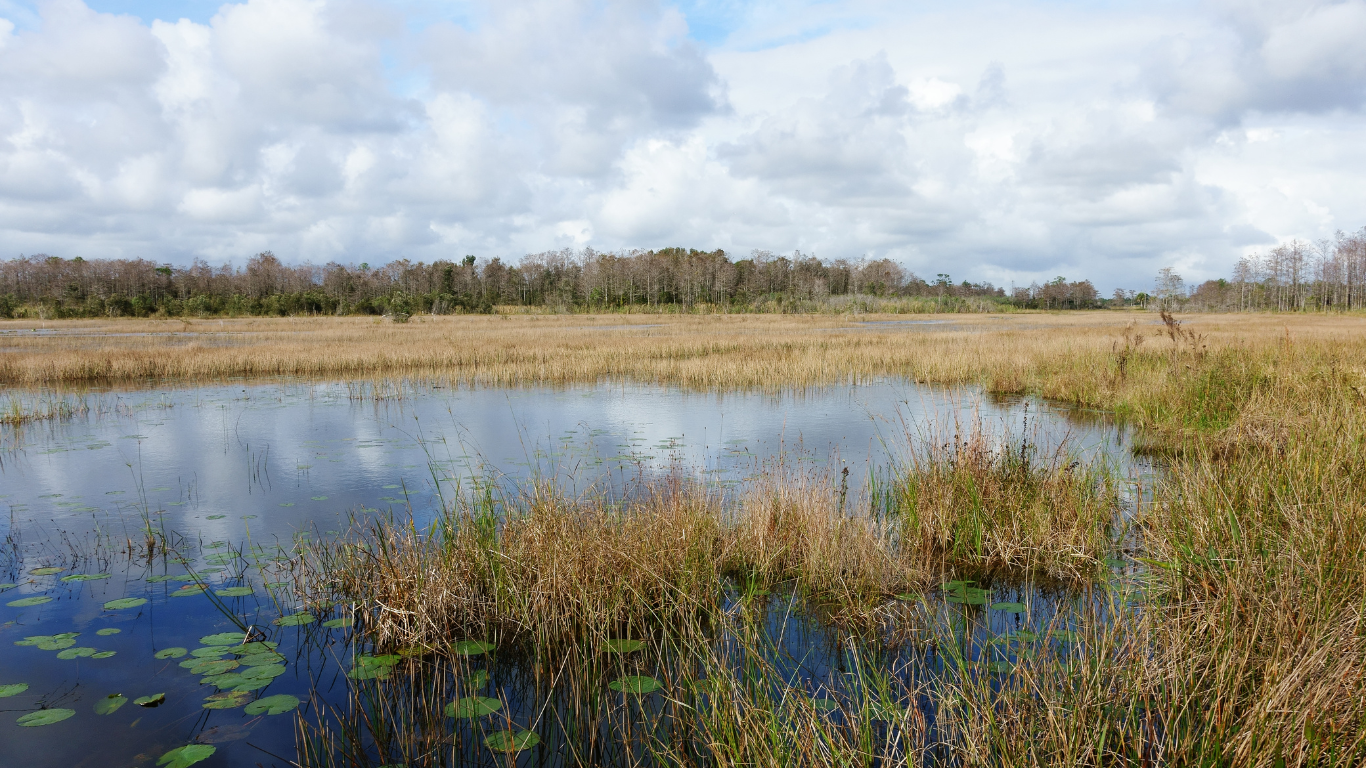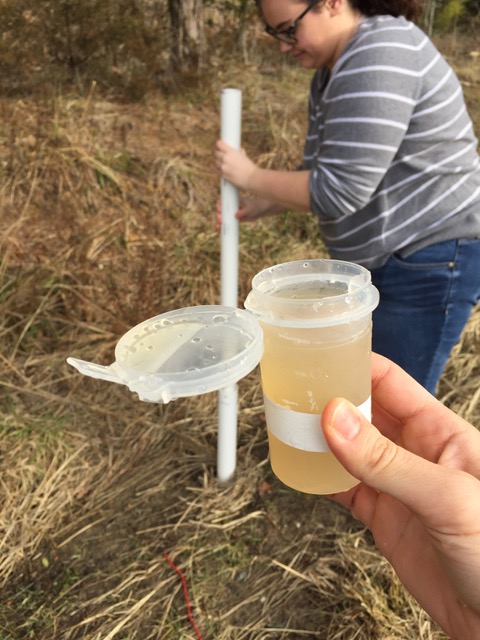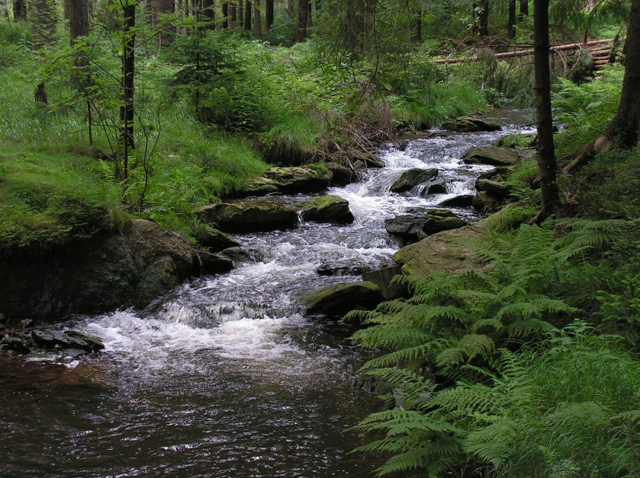LEADING THE NATION WITH
CLEAN WATER SOLUTIONS.
The Center for Watershed Protection works
to advance clean water resources and
healthy ecosystems through responsible
land and water management.
2026 National Watershed and Stormwater Conference
April 14-16, 2026 • Charlotte, North Carolina
The 2026 National Watershed and Stormwater Conference will provide a forum for watershed and stormwater professionals throughout the nation to learn how to increase the resiliency of our communities in response to emerging and persistent threats to our water resources — from headwaters to coasts. Network with water resource managers, practitioners, researchers, and regulators from all over the United States. The conference will include technical presentations, case studies, panel discussions, and workshops.
News Feed
CWP’s Online Watershed Library Gets a Refresh
Hope Episcopal Church Green Infrastructure Master Plan and Rain Garden Installation
Empowering Sustainable Urban Landscapes with Biochar
Evaluating Stormwater Retrofit Potential to Reduce Flood Impacts and Improve Water Quality in Urban Coastal Plain Communities
Calendar of Events
CWP 2026 National Watershed and Stormwater Conference
The 2026 National Watershed and Stormwater Conference will p... Read More
ONLINE WATERSHED LIBRARY (OWL)
OWL is a searchable online database of watershed and stormwater articles, reports, manuals, plans, tools
and other resources. All Center for Watershed Protection publications are free to the public on OWL.
MORE INFORMATION




